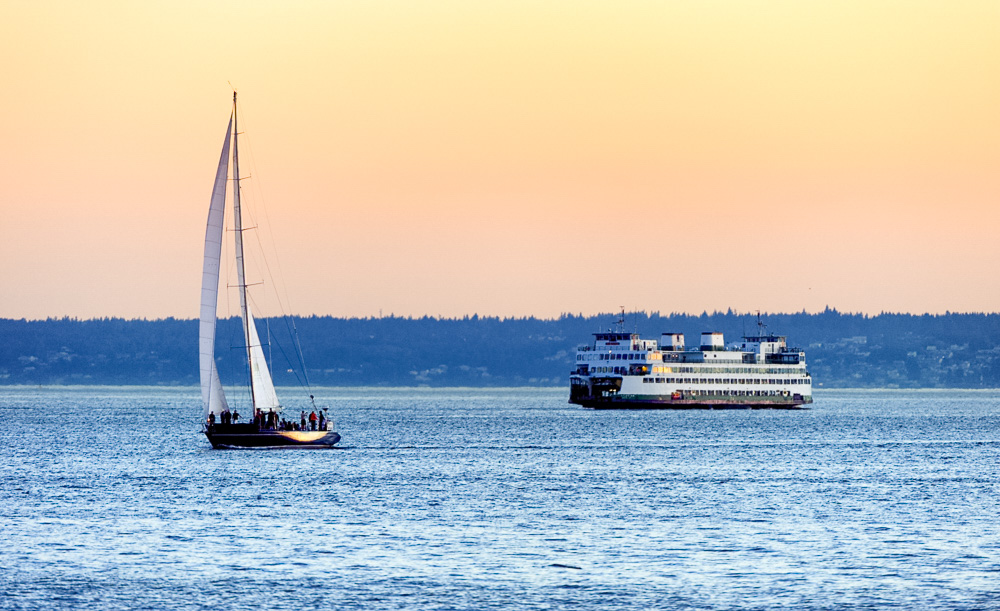
Denise Krownbell is a Strategic Advisor with the Environment, Land and Licensing Business Unit at Seattle City Light.
To celebrate Earth Month, we are highlighting how City Light demonstrates its commitment to environmental stewardship. Environmental stewardship is defined as the responsible use and protection of the natural environment through conservation and sustainable practices to enhance ecosystem resilience and human well-being (Chapin, et al, 2011). This week we will focus on the Endangered Species Act (ESA) Land Program.

The ESA Land Program started in 2000, the year after Chinook salmon and bull trout, two imperiled fish species native to many parts of western Washington, were listed as “Threatened” on the federal Endangered Species List. For a species to be listed as Threatened recognizes that without intervention by humans, the species is threatened with extinction. To address this issue, Seattle developed an ESA Early Action Plan, which includes five voluntary actions that the City committed to taking to help these fish species at risk, namely:
- Habitat acquisition and restoration projects within and outside the City in locations offering the greatest benefit to salmon;
- Establishment of a single integrated water management area and interconnected transmission system to help address water supply problems in neighboring cities, thereby enhancing tributary flows important for Chinook salmon;
- Regulatory and operational improvements, including increased inspection and enforcement, improved regulatory education programs, and commitment to review key operations in order to identify improvements in best management practices;
- A regional integrated research program focused on Chinook salmon; and
- Public education and community engagement programs to educate the public about the salmon problem and involve them in implementing salmon recovery measures.
One voluntary action was to purchase habitat that supported Chinook salmon and bull trout in watersheds that City Light impacts, namely the Skagit and Tolt watersheds. The habitat for these species would be protected and enhanced in these watersheds if needed to help ensure that it continues to provide habitat for these fish species into the future. To date, over 3,700 acres have been purchased in both watersheds, ranging in size from less than an acre to over 1,000 acres. The acquisitions provide habitat for wildlife as well, with elk herds roaming several properties and eagles hunting from others. The first property purchased was 20 acres on the Tolt River, where the river moves back and forth across the floodplain, creating an excellent spawning habitat for adult Chinook salmon and rearing habitat for juveniles. The most recent purchase was 20 acres along the Skagit River, encompassing old side channels that provide refuge for fish during high flows.
The voluntary stewardship actions also include enhancing the habitat conditions on the properties owned by the City in these watersheds. These actions primarily consist of removing invasive plant species, like blackberry and ivy, and replacing and enhancing vegetation in areas where weeds were located or in areas where the benefits of the habitat for fish would be improved by planting native conifers that provide needed shade along the river. Through this voluntary habitat acquisition and enhancement work, Seattle City Light demonstrates its commitment to environmental stewardship to support the recovery and survival of imperiled fish species in the Skagit and Tolt river watersheds.